The Snapdragon 8 Gen 2 chipset, the newest flagship from Qualcomm, was announced earlier today. The performance of the chip has increased overall compared to the Gen 1 model, and we will soon experience this performance on our hands as the first Gen 2 devices are just around the corner.
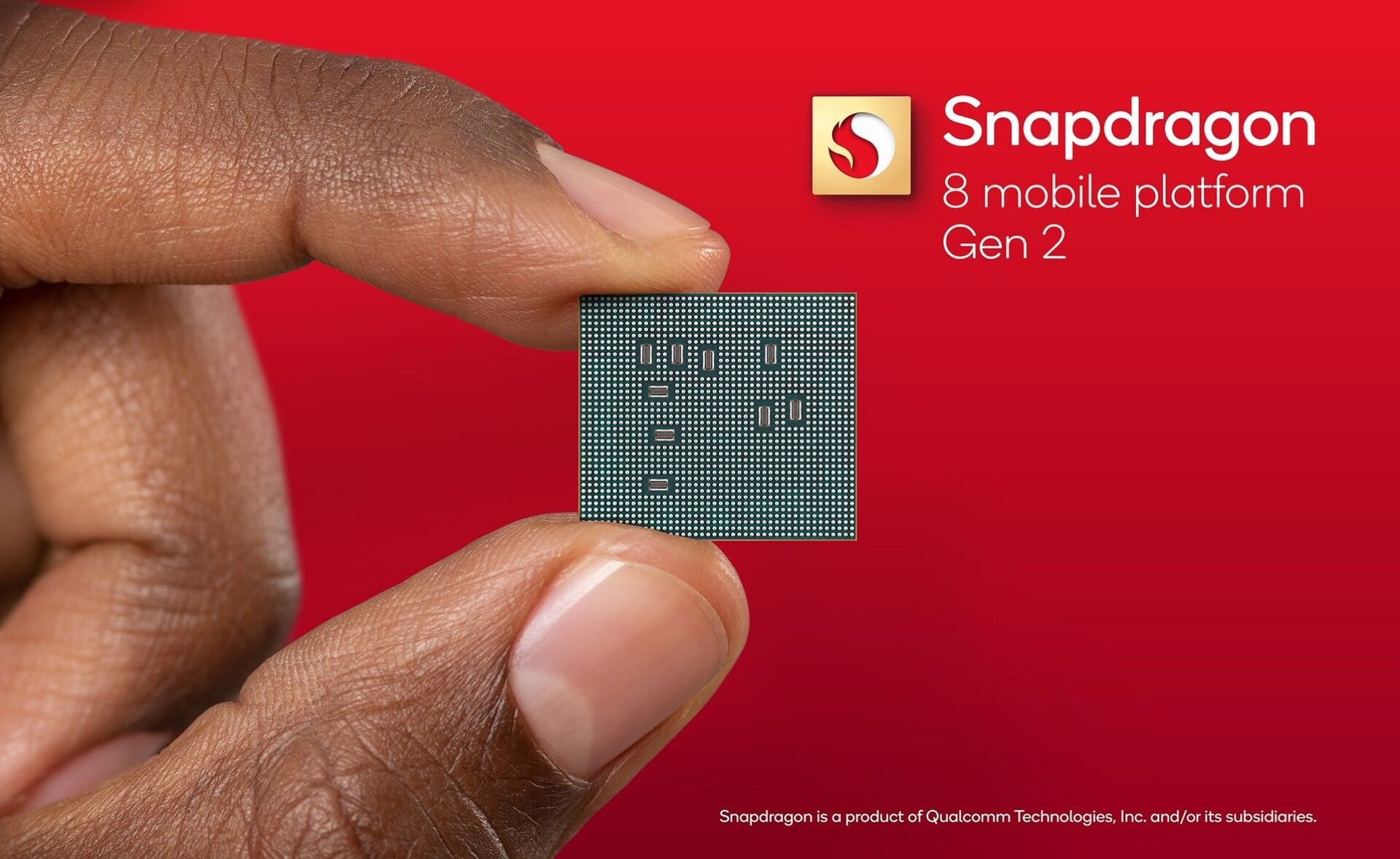
Snapdragon 8 Gen 2 specs
The SM8550-AB, the official name of this chip, was manufactured on a 4nm node. Here are some pieces of information we got regarding its parts:
CPU
Although Qualcomm has concentrated on increasing power economy, the new processor offers noticeable speed increases. The new Kryo CPU has up to 40% more efficiency and up to 35% more performance.
The core makesup its difference from the 8+ Gen 1, but the clock rates are the same. High single-threaded performance is provided by the single Kryo Prime core, which operates at 3.2GHz. In the previous models, the chip was running at three cores but Snapdragon 8 Gen 2 is supported by four performance cores that operate at 2.8GHz to better handle multi-threaded applications.
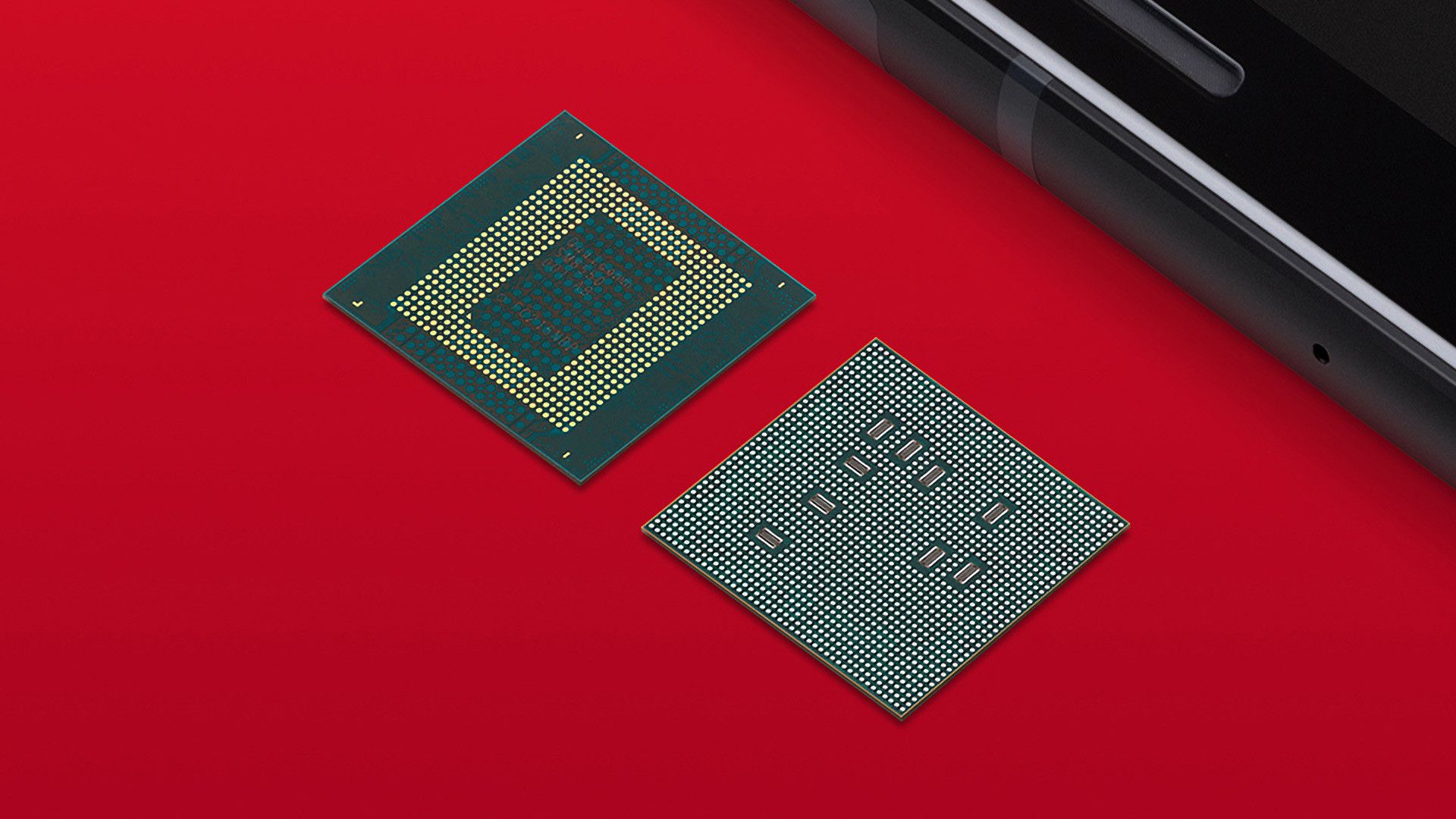
GPU
Up to 25% more performance and up to 45% more power efficiency are promised by the most recent Adreno GPU. The Snapdragon platform now has support for hardware-accelerated ray tracing. The major Android chipset suppliers already offer ray tracing hardware, so it’s possible that mobile game creators will adopt the new technology as they did for PC and console games.
RAM and storage
Support for new, quicker memory technology is included in the Gen 2. It supports LP-DDR5X RAM at up to 4,200MHz. It can store data in the brand-new UFS 4.0 format.
Display and video
On-device displays with QHD+ resolution can run at up to 144Hz on the Snapdragon 8 Gen 2 and those with 4K resolution can run at up to 60Hz. Additionally, it supports external monitors up to 4K at 60Hz. Finally, Qualcomm made AV1 video decoding available; it now supports streams up to 8K at 60 frames per second if used with HDR mode.
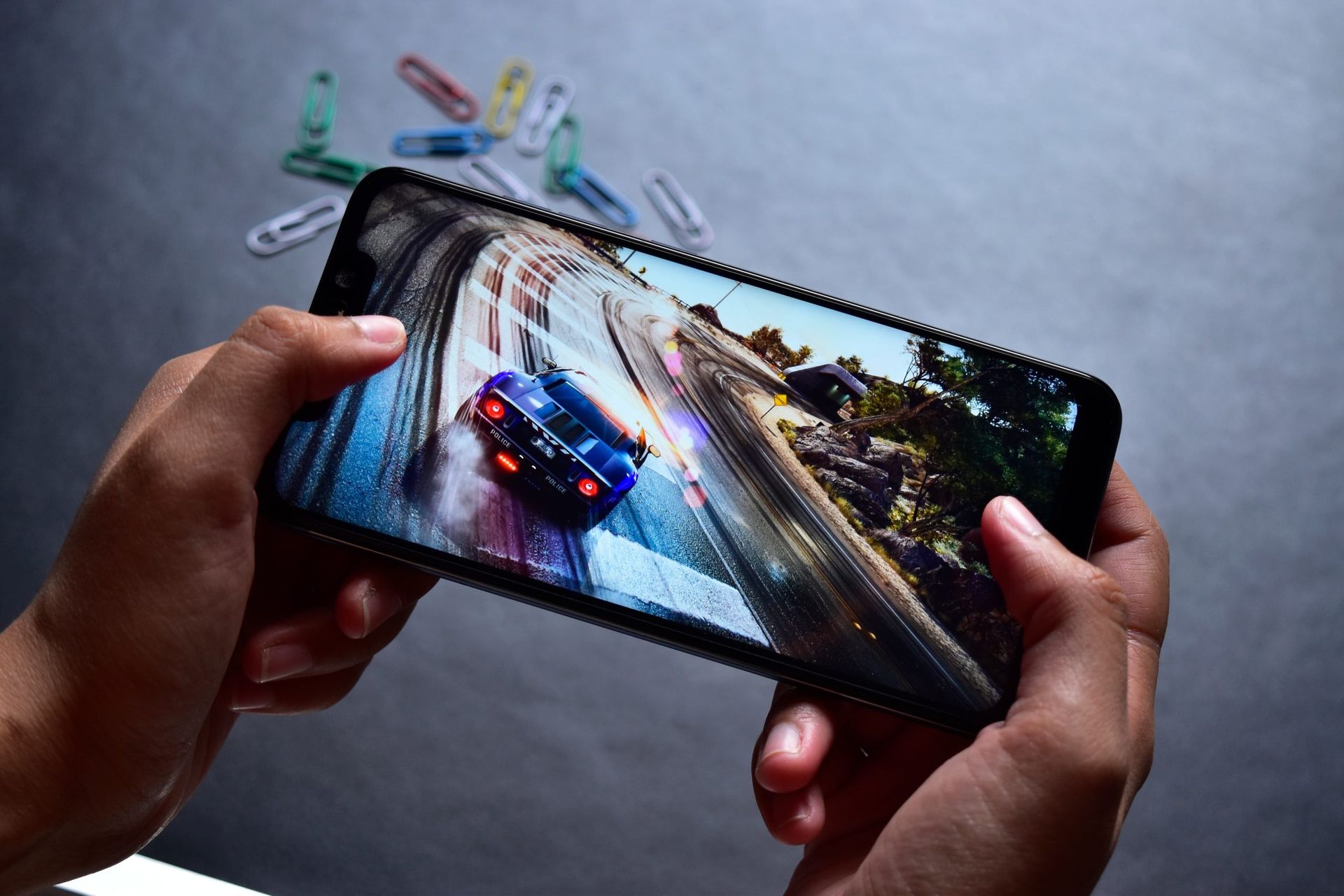
Camera
According to Qualcomm, Samsung’s 200MP HP3 and Sony’s Digital Overlap HDR (DOL-HDR) sensors have been tuned to function with the Snapdragon ISP. The Gen 2’s triple 18-bit ISP, like its predecessor’s, can support up to three 36MP cameras operating at 30 frames per second or up to 200PM for a single camera. Zero shutter lag is also supported for 108MP sensors.
The chipset can capture 64MP videos and 8K HDR video at 30 frames per second, as well as 4K at 120 frames per second and slow-motion videos at 720p at 960fps. Several HDR formats are supported, including HDR10+, HLG, and Dolby Vision. It can record up to four exposures for every video frame using DOL sensors.
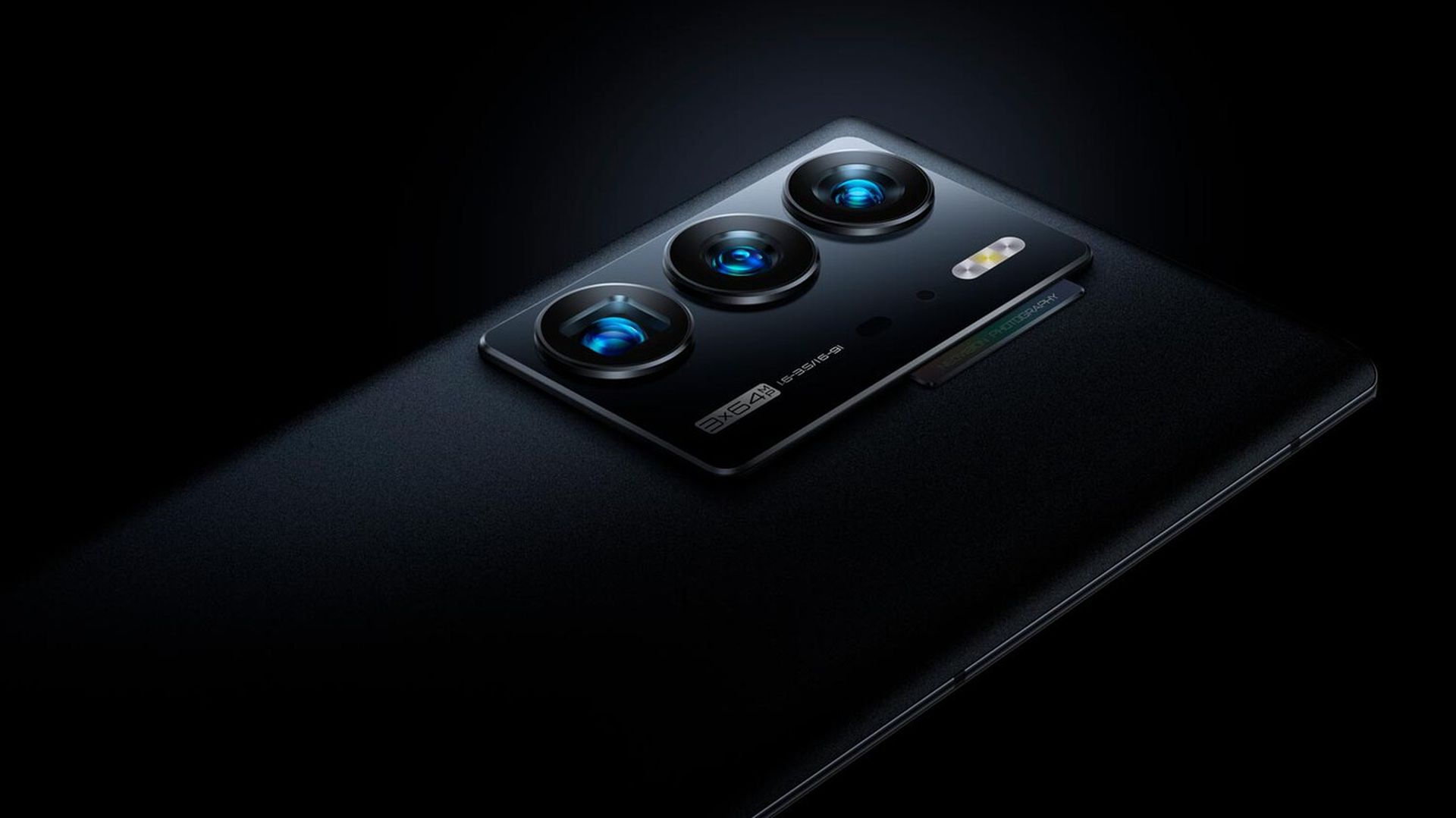
Connection and sound
The new Snapdragon X70 modem is added to the Snapdragon 8 Gen 2 processor. Naturally, it supports both sub-6GHz and mmWave 5G. Max downlink and peak uplink speeds are both 10Gbps.
Two 5G SIMs (or 5G+4G) can be active simultaneously with this modem’s Dual-SIM, Dual-Active (DSDA) capability.
Local connectivity is made possible by the new FastConnect 78000 system, which supports the forthcoming Wi-Fi 7 standard (802.11be). It can go up to 5.8Gbps. The new changes made to the SM8550-AB increased the speed while reducing latency.
The FastConnect system continues to support Bluetooth 5.3. With the most recent Snapdragon Sound system, it can give the lowest-ever 48ms latency for gaming as well as 48kHz music streaming.
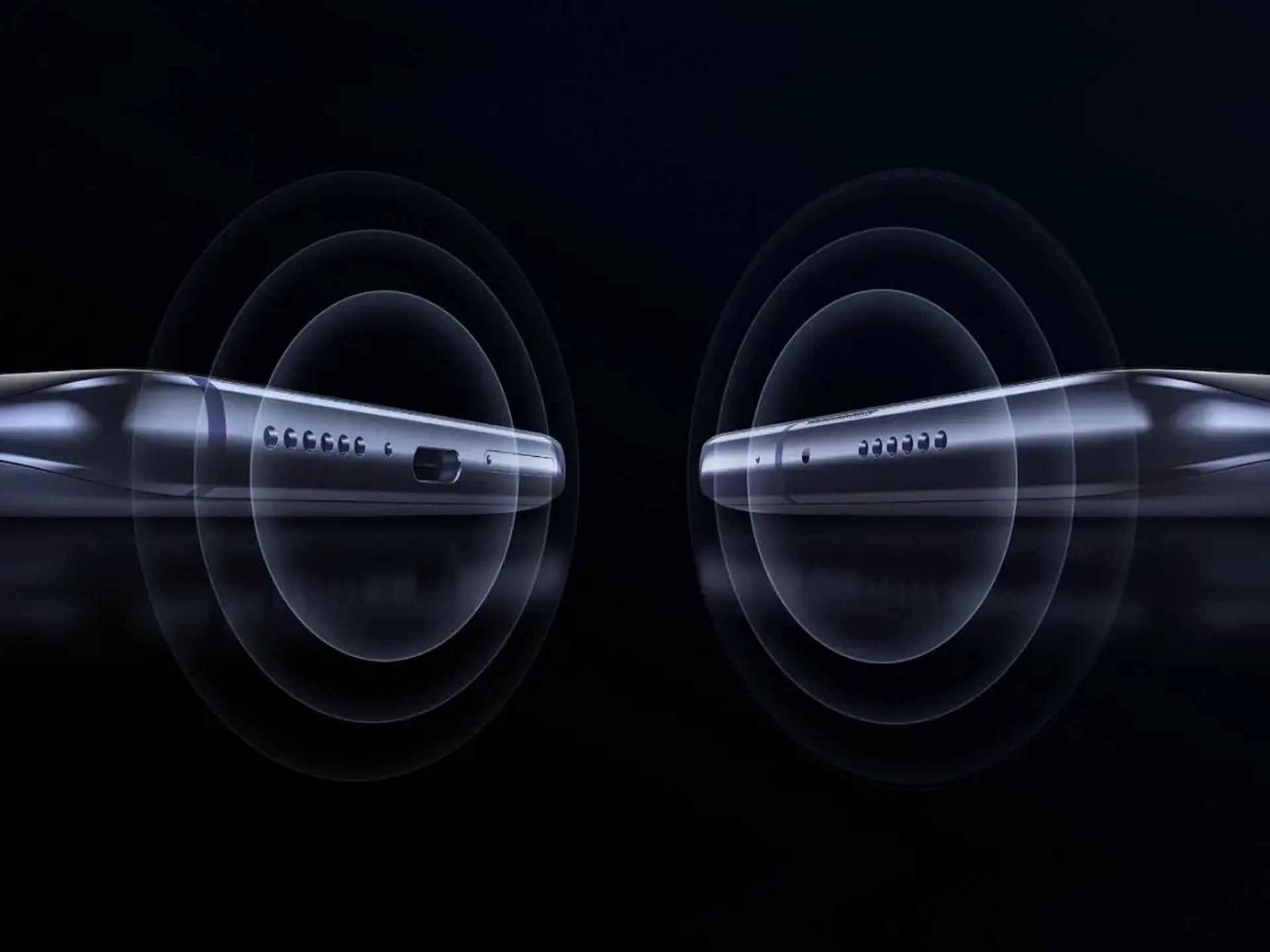
AI
SM8550-AB processor is the first mobile Qualcomm chip to handle the new INT4 format. It offers a 60% increase in performance per watt over earlier methods.
According to Qualcomm, AI performance has grown 4.35 times. By distinguishing which elements of the image are a face, hair, clothes, background, etc., and applying different processing to them, that power can be used to assist the camera.
Snapdragon 8 Gen 2 phones and release date
The first phones powered by Snapdragon 8 Gen will be out before the end of this year, although it doesn’t specify which manufacturers will release them first. Android device manufacturers that are expected to include the new chip in their upcoming phones are as follows:
- Asus ROG
- Honor, iQOO
- Motorola
- Nubia
- OnePlus
- Oppo
- Red Magic
- Sharp
- Sony
- Vivo
- Xiaomi
- Meizu
- ZTE
And that’s all we know about the Snapdragon 8 Gen 2 chips. Is the performance of mobile devices finally getting close to PCs? If you like to read more about Snapdragon, check out Qualcomm unveils four new Snapdragon mobile chips.





